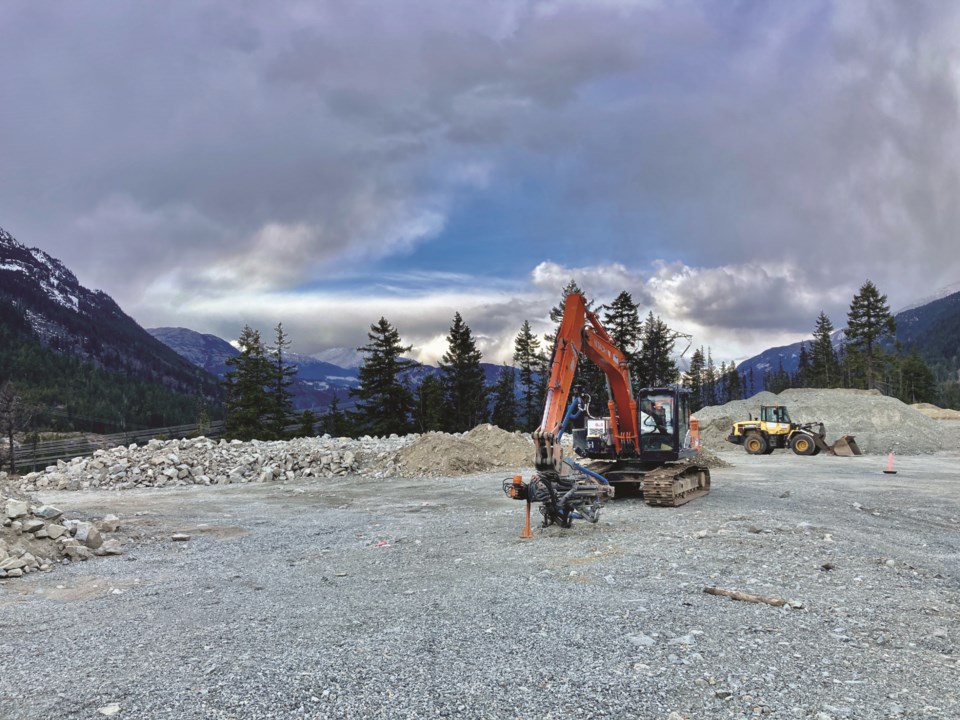A zoning change proposed for the WedgeWoods neighbourhood north of Whistler could increase the amount of housing in the community.
The changes would make it so property owners could have up to two auxiliary dwelling units, one within a single-family dwelling and one with a carriage house.
WedgeWoods is a private development about 15 kilometres north of Whistler, just outside municipal boundaries in the Squamish-Lillooet Regional District (SLRD).
The community is primarily composed of single-family dwellings spread out over 108 lots up to an acre in size. Under the current zoning, WedgeWoods property owners can only have one additional unit on their property; the new zoning would double that.
The property owner would be required to register a Section 219 covenant against the property title at the Land Title Office, which will specify that the units may not be used for short-term or vacation rentals and must be rented to a person who is currently employed within the SLRD, a family member, or a retiree that has worked in the region over the last five years.
The proposed changes stemmed from a Housing Need and Demand Study commissioned by the SLRD in 2019, following provincial legislation that required municipalities and regional district areas to study their housing situation.
“WedgeWoods always was planned as a community. As you may or may not be aware, the minimum lot size in WedgeWoods is a half-acre. Quite frankly, a number of the lots are one acre, an acre and a half, and it was always contemplated under the zoning that we had the opportunity to have single-family homes that could have a suite within it, but it also had the potential that you could create an auxiliary building or carriage home and that auxiliary building could contain a suite,” said WedgeWoods developer David Ehrhardt.
“So there was always the option to have a suite either in the main home or in the auxiliary building. The primary difference is that with the modification of the bylaw, there is an opportunity for an incremental increase, which does, to a degree, increase the overall density but, given the large size of the lot, does not necessarily impact or create a challenge to the subdivision.”
While he can’t speak for every WedgeWoods owner, Ehrhardt believes as long as the new zoning doesn’t take away benefits of the existing zoning, the new plan would not be viewed as a problem.
In theory, the proposed bylaw change could lead to an additional 216 units of housing if each property built a suite and an additional carriage house.
However, through the rezoning process, some residents in WedgeWoods have raised concerns about the costs associated with adding suites, noting that the proposed changes may not bring enough incentive to develop the secondary unit if it is coveted for long-term renters instead of the more profitable short-term renters.
After considering the second reading of the proposal at its May 25 meeting, the SLRD board sent the bylaw back to staff to bring forward stronger covenants for long-term renters.
“We’re not trying to make it complicated. We’re trying to make it clear and secure, so that when we do provide affordable employee housing, we do it properly, and we do it for the long term,” said Pemberton Mayor Mike Richman.
“We’re just trying to do it right. This is not complicated. When we put the covenant together, this is nothing new. Whistler Housing Authority has a million covenants, and communities all over the place have a million covenants in different ways to manage affordable housing.
“We’re being told that our corridor is suffering an affordable housing crisis. We’re trying to solve it in a way that is permanent and long term and well thought out.”



